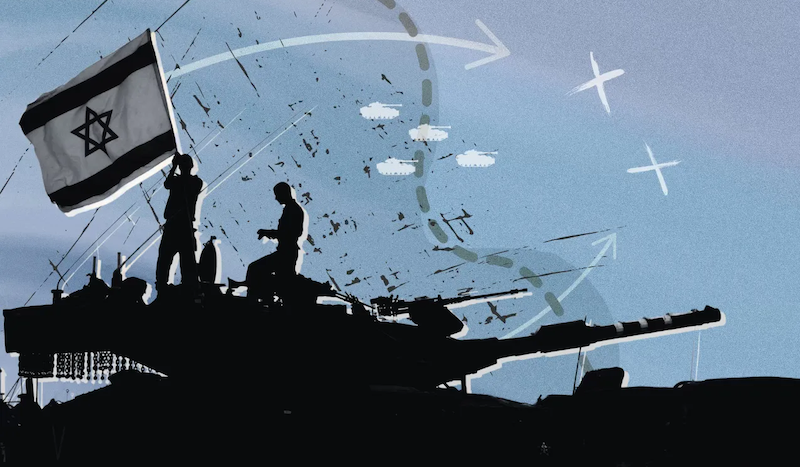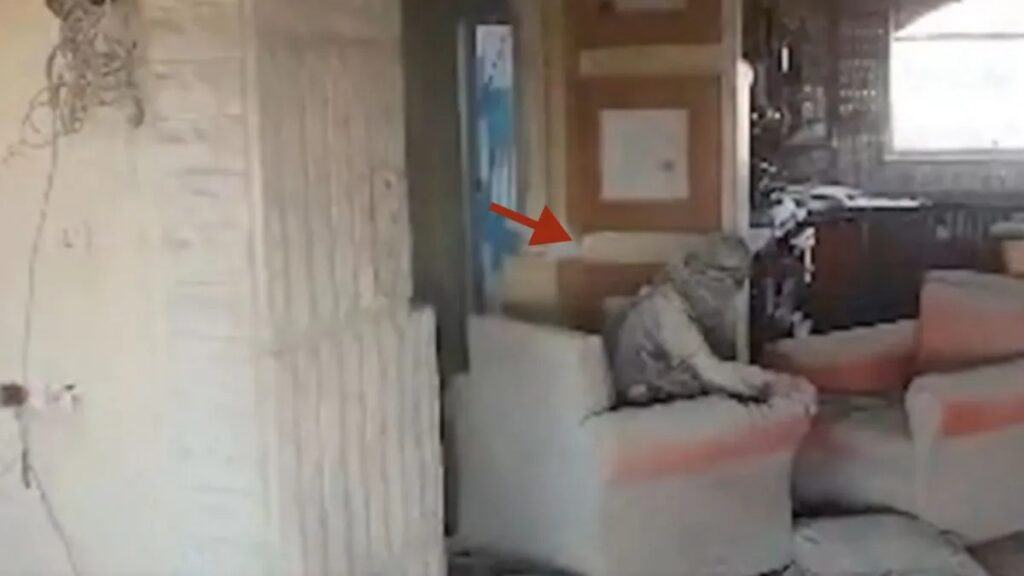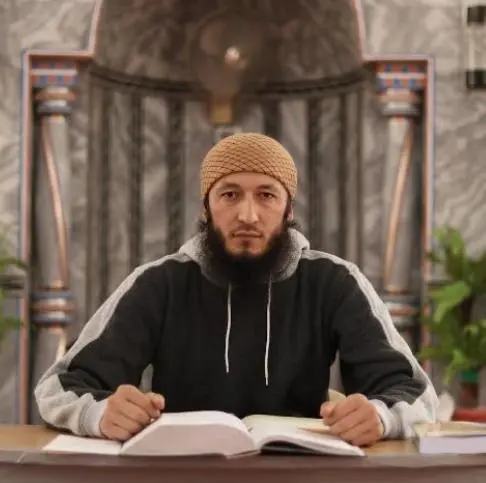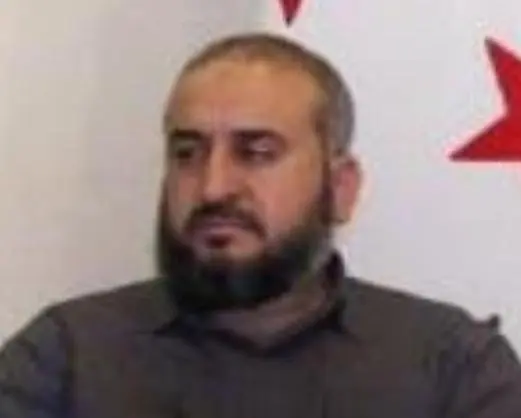Wissam Muhammad Saber
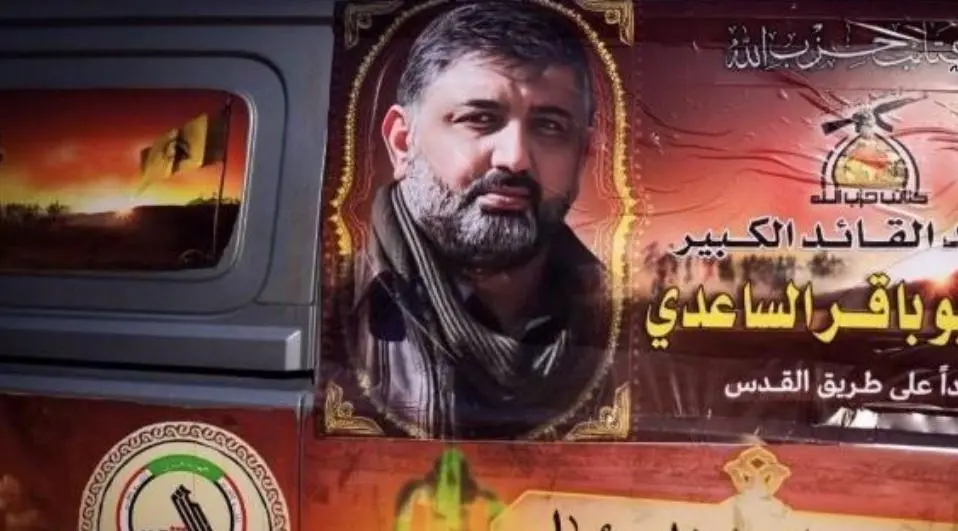
Dead
Terror organization: Kata’ib Hezbollah
Status: Key figure, special advisor and senior field commander at the special operations wing of the terror organization. Commander of the group’s operations in Syria.
Role: On February 7, 2024, the U.S military confirmed that it had struck a vehicle in Baghdad, killing its occupants. U.S.-designated terrorist group Kataib Hezbollah confirmed that one of its senior leaders, Abu Baqr al-Saeedi (real name Wissam Muhammad Saber), was killed in this vehicle Baghdad.


